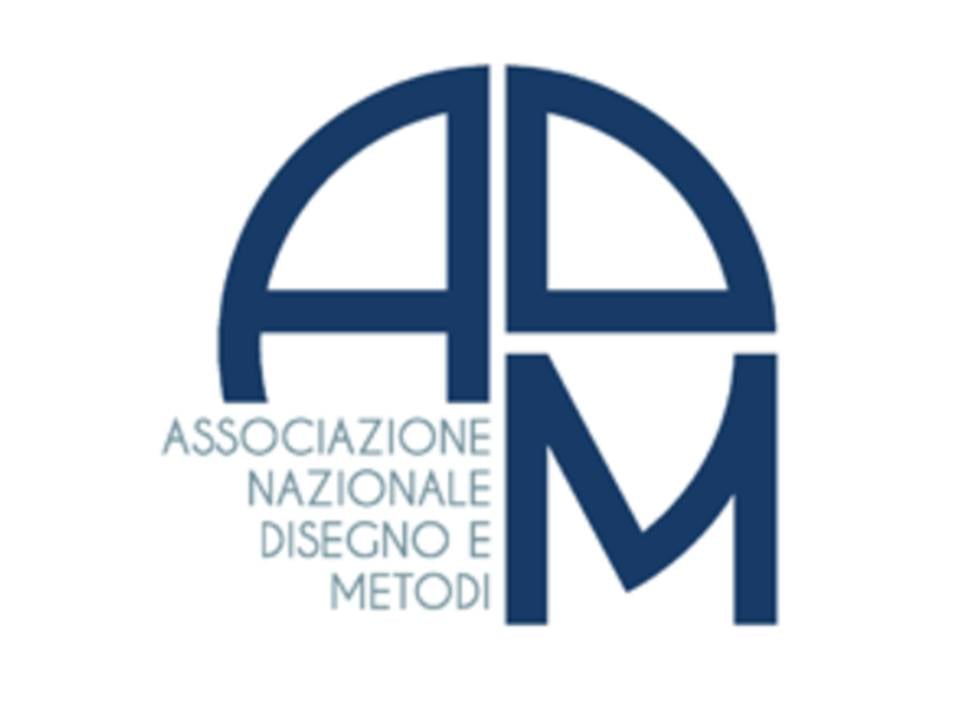Innovative and Sustainable Design for Mechanics and Industry
A special issue of Sustainability (ISSN 2071-1050).
Deadline for manuscript submissions: closed (31 December 2020) | Viewed by 10570
Special Issue Editors
Interests: industrial and car design; computer aided design; design methods; augmented reality; 3D printing
Special Issues, Collections and Topics in MDPI journals
Interests: mechanical and industrial design; QFD; TRIZ; CAD; VR &AR; additive manufacturing
Special Issues, Collections and Topics in MDPI journals
Special Issue Information
Dear Colleagues,
The Special Issue entitled "Innovative and Sustainable Design Mechanics and Industry" aims to deepen the following arguments, oriented to improve Innovative and Sustainable Design towards new innovative products.
The problem of innovative and sustainable design is absolutely a priority in both advanced economies and in developing countries. If properly put into practice, the application of innovative design principles allows the realization of innovative products following innovative procedures that permit not only new concepts on the market, but also guarantee quality and reliability. The focus of this Special Issue is on research and case studies that examine the issue of innovative and sustainable design not only from a technical and engineering point of view, addressing innovative solutions, but also aesthetically, focusing on the main challenges and opportunities in the realization of products that reduce their negative impacts on the environment and simultaneously offer innovative and qualitative characteristics to the customers, becoming benchmarking products. Many instruments help designers to reach the above-mentioned goals: digital sketching, CAD 2D and 3D, Augmented Reality, Additive Manufacturing, QFD, TRIZ, DFSS, DfD, DfA, etc. Moreover, the significance of the problem of innovative design management requires an interdisciplinary approach to solutions and holistic visions for scenarios selection, which necessitates a special formation of the skills of professionals involved.
Please send research papers or case studies related to the following topics:
- Specific elements of Italian Design and Made in Italy applied to sustainable and innovative products;
- SDE—Stylistic Design Engineering (i.e., Ramacciotti method) applied to innovative and sustainable products;
- ecoQFD applied to Sustainable Design;
- TRIZ applied to ecoDesign;
- Benchmarking applied to Sustainable Design Products;
- Top-Flop Analysis for Green Design and Manufacturing;
- Sustainable and Innovative Design for Additive Manufacturing;
- Sustainable and Innovative Design for Assembly for Sustainability;
- Design for Disassembly for Maintenance;
- 4.0 Digital Prototyping (Augmented Reality);
- 4.0 Physical Prototyping (Additive Manufacturing).
All research articles should be aligned with the themes described above and should deepen each argument in a strongly scientific way.

Under the auspices of ADM (Italian Association of Mechanical Design)
Prof. Leonardo Frizziero
Prof. Alfredo Liverani
Guest Editors
Manuscript Submission Information
Manuscripts should be submitted online at www.mdpi.com by registering and logging in to this website. Once you are registered, click here to go to the submission form. Manuscripts can be submitted until the deadline. All submissions that pass pre-check are peer-reviewed. Accepted papers will be published continuously in the journal (as soon as accepted) and will be listed together on the special issue website. Research articles, review articles as well as short communications are invited. For planned papers, a title and short abstract (about 100 words) can be sent to the Editorial Office for announcement on this website.
Submitted manuscripts should not have been published previously, nor be under consideration for publication elsewhere (except conference proceedings papers). All manuscripts are thoroughly refereed through a single-blind peer-review process. A guide for authors and other relevant information for submission of manuscripts is available on the Instructions for Authors page. Sustainability is an international peer-reviewed open access semimonthly journal published by MDPI.
Please visit the Instructions for Authors page before submitting a manuscript. The Article Processing Charge (APC) for publication in this open access journal is 2400 CHF (Swiss Francs). Submitted papers should be well formatted and use good English. Authors may use MDPI's English editing service prior to publication or during author revisions.
Keywords
- Italian design
- Sustainable Design
- ecoDesign
- ecoQFD
- Stylistic Design Engineering (SDE)
- Design for Six Sigma (DFSS)
- Digital Prototyping with Augmented Reality
- Design for Additive Manufacturing






